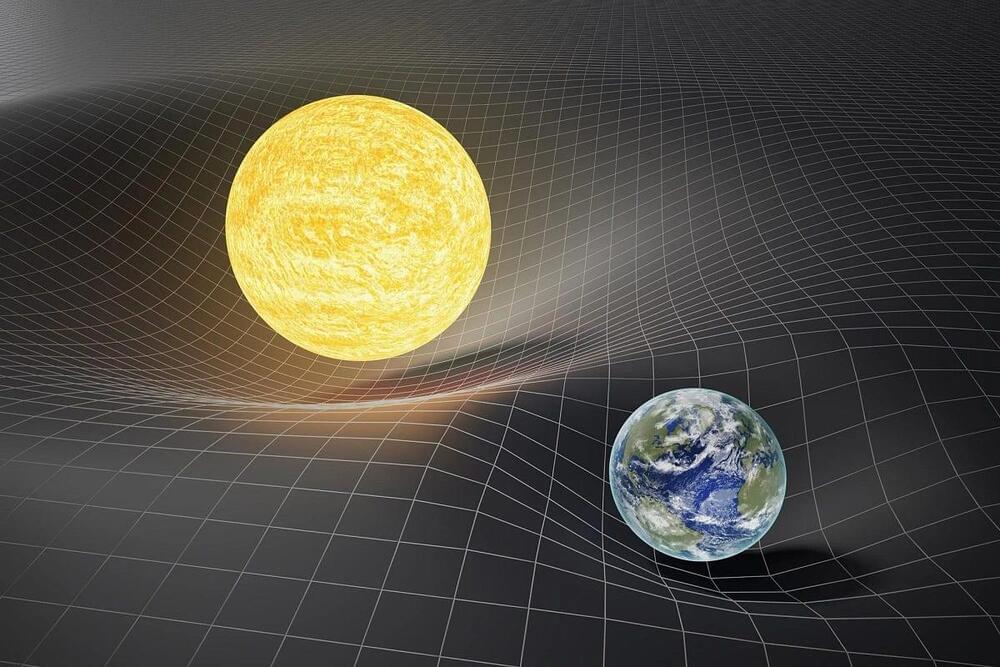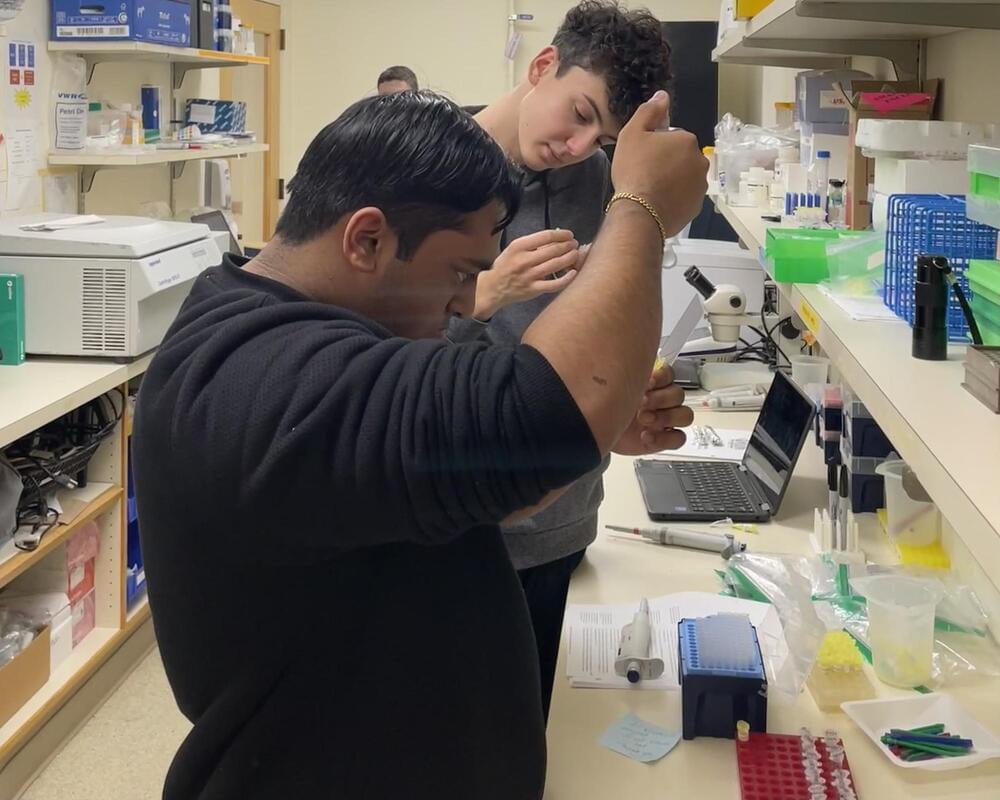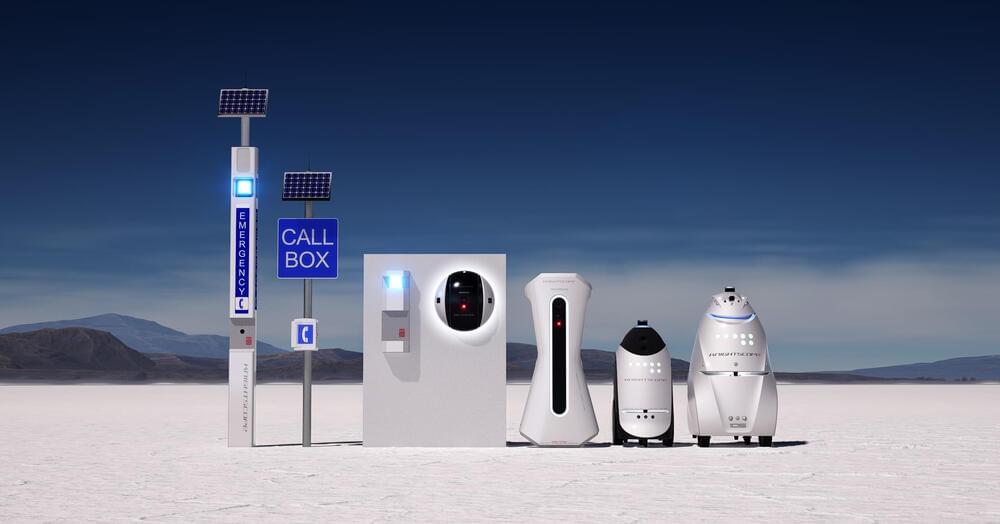I’ve been diving into this cool concept called gravitational time dilation, and it’s like this mind-bending thing predicted by Albert Einstein in his theory of relativity. This concept highlights the actual difference in elapsed time between events observed by individuals situated at varying distances from a massive gravitational source.
If you’re hanging out close to a massive gravitational source, like a planet or star, time slows down for you. It’s like a cosmic slow-motion effect. But if you move away from it, time speeds up. This has been proven in experiments with atomic clocks placed at different heights — the closer to the Earth’s surface, the slower the clock ticks compared to those higher up.
Einstein first talked about this in 1907 when he was figuring out special relativity in speedy frames of reference. In general relativity, it’s like time is doing a dance based on where you are in space, as described by this thing called a metric tensor.

















